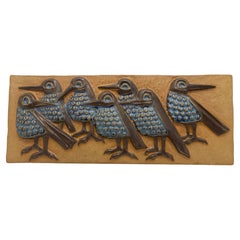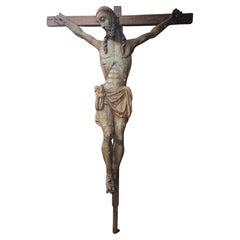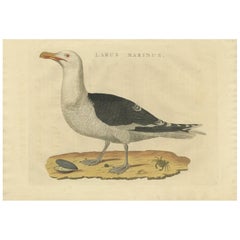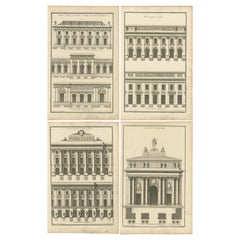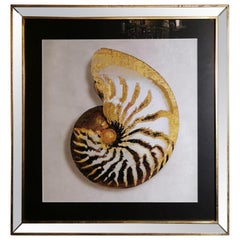Europe - Decorative Art
1960s Danish Mid-Century Modern Vintage Europe - Decorative Art
Ceramic
20th Century Japanese Europe - Decorative Art
Linen, Paper
15th Century and Earlier Antique Europe - Decorative Art
Fruitwood
Early 19th Century Antique Europe - Decorative Art
Paper
Late 18th Century Antique Europe - Decorative Art
Paper
21st Century and Contemporary Italian Europe - Decorative Art
Mirror, Wood, Paper
20th Century Polish Europe - Decorative Art
Paper
1930s American Art Deco Vintage Europe - Decorative Art
Glass, Wood, Paper
Late 19th Century Antique Europe - Decorative Art
Paper
1920s British Art Deco Vintage Europe - Decorative Art
Paper
Late 18th Century Antique Europe - Decorative Art
Paper
1950s French Art Deco Vintage Europe - Decorative Art
Ceramic
1880s English Romantic Antique Europe - Decorative Art
Paper
2010s Italian Other Europe - Decorative Art
Wood
Early 17th Century Dutch Antique Europe - Decorative Art
Ceramic
1960s Czech Mid-Century Modern Vintage Europe - Decorative Art
Ceramic
Early 1900s Tibetan Antique Europe - Decorative Art
Silk, Cut Glass, Beech
20th Century American Europe - Decorative Art
Paper
1930s British Moorish Vintage Europe - Decorative Art
Paper
1850s British Antique Europe - Decorative Art
Wood
1840s English Folk Art Antique Europe - Decorative Art
Paper
20th Century French Europe - Decorative Art
Linen, Paper
20th Century British Europe - Decorative Art
Paper, Linen
1880s English Gothic Antique Europe - Decorative Art
Paper
21st Century and Contemporary Portuguese Modern Europe - Decorative Art
Ceramic, Paint
2010s Italian Other Europe - Decorative Art
Wood
1990s European Europe - Decorative Art
Silver
20th Century Japanese Europe - Decorative Art
Linen, Paper
1880s English Gothic Antique Europe - Decorative Art
Paper
1880s English Gothic Antique Europe - Decorative Art
Paper
20th Century American Other Europe - Decorative Art
Metal, Enamel
1930s Belgian Art Nouveau Vintage Europe - Decorative Art
Ceramic
Mid-20th Century Belgian Mid-Century Modern Europe - Decorative Art
Wool
1880s English Gothic Antique Europe - Decorative Art
Paper
Early 20th Century English Europe - Decorative Art
Paper
21st Century and Contemporary French Europe - Decorative Art
Glass
1930s British Art Deco Vintage Europe - Decorative Art
Paper
1840s English Folk Art Antique Europe - Decorative Art
Paper
Late 19th Century Papua New Guinean Primitive Antique Europe - Decorative Art
Wood, Paint
1860s Antique Europe - Decorative Art
Paper
2010s Italian Europe - Decorative Art
Paint, Paper
1880s Persian Tribal Antique Europe - Decorative Art
Wool
20th Century Czech Europe - Decorative Art
Paper
1840s English Folk Art Antique Europe - Decorative Art
Paper
Late 19th Century Japanese Antique Europe - Decorative Art
Pine
Early 19th Century Antique Europe - Decorative Art
Paper
Mid-18th Century French French Provincial Antique Europe - Decorative Art
Brass, Bronze
2010s Portuguese Modern Europe - Decorative Art
Faience, Wood
Early 20th Century Korean Art Deco Europe - Decorative Art
Silk
20th Century Japanese Europe - Decorative Art
Paper
1840s English Folk Art Antique Europe - Decorative Art
Paper
1880s Antique Europe - Decorative Art
Majolica
2010s Italian Europe - Decorative Art
Ceramic, Majolica, Pottery
Late 19th Century Antique Europe - Decorative Art
Paper
21st Century and Contemporary Italian Europe - Decorative Art
Crystal, Stainless Steel
Mid-20th Century Danish Scandinavian Modern Europe - Decorative Art
Ceramic, Stoneware, Pottery
Late 19th Century Antique Europe - Decorative Art
Paper
Mid-17th Century English Tudor Antique Europe - Decorative Art
Wood, Oak
1970s Danish Brutalist Vintage Europe - Decorative Art
Ceramic
18th Century British Antique Europe - Decorative Art
Glass, Paper
Read More
At Colonial Williamsburg, Everything Old Is New Again
With the help of a new director, the Virginia institution's folk art and decorative arts museums are undergoing extensive upgrades.
New York’s Hirschl & Adler Showcases the American Workmanship and Design Panache of Neoclassical Treasures
The gallery's latest exhibition proves that museum-quality pieces entice and inspire, whether in traditional or more modern interiors.
